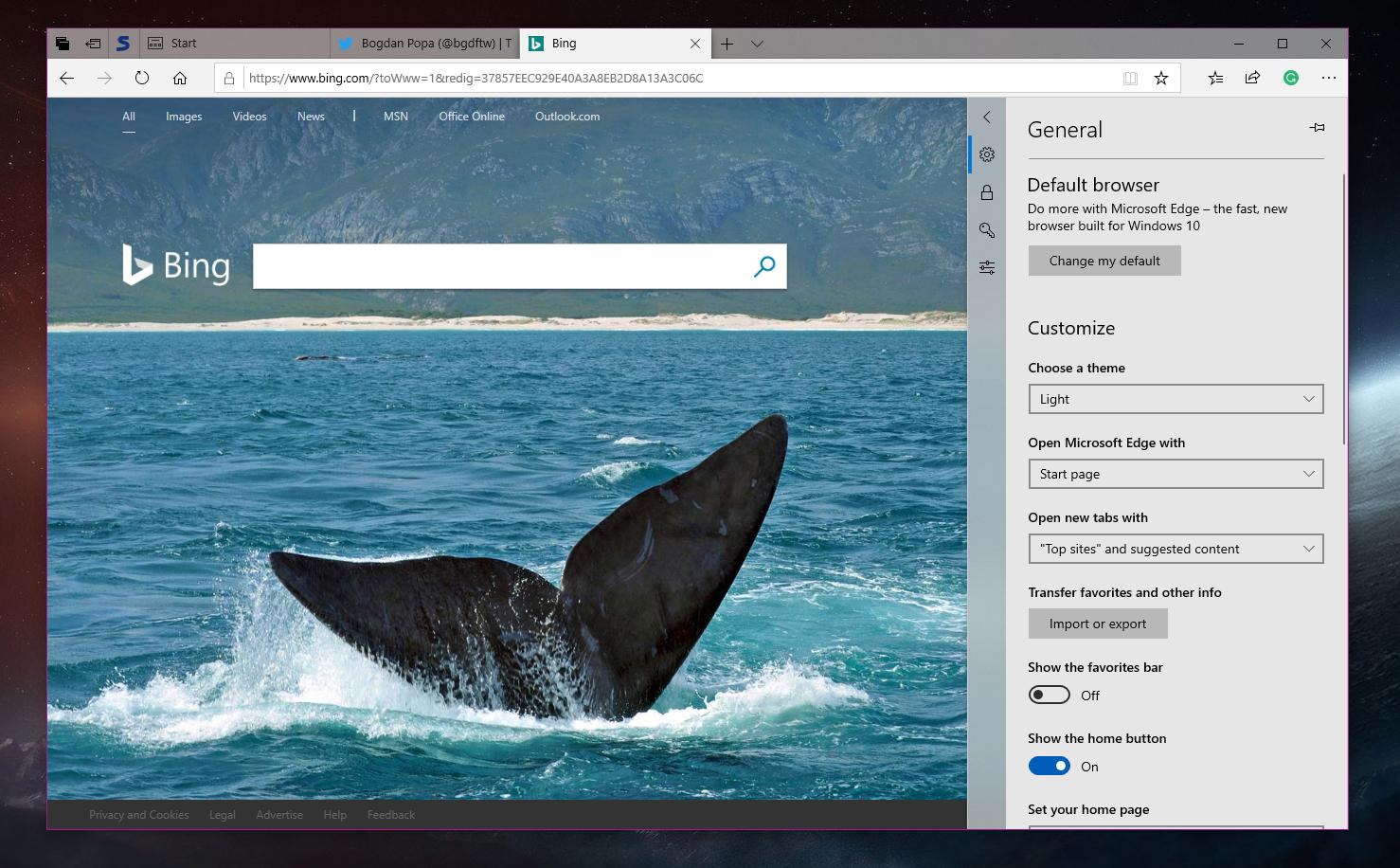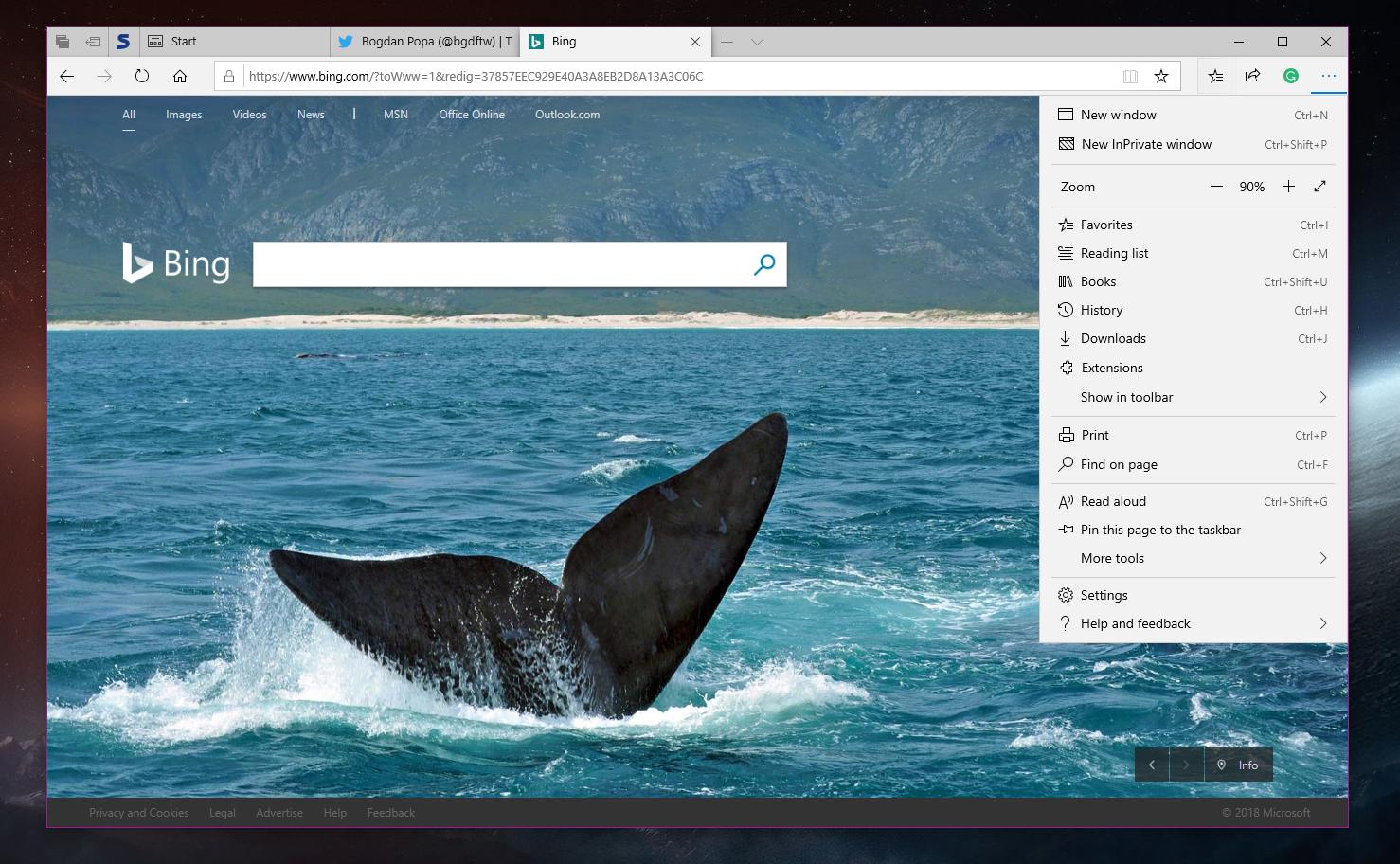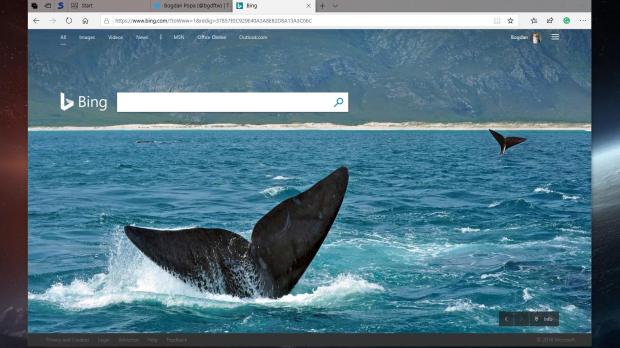Microsoft Edge is the default browser in Windows 10, but despite the adoption of the operating system improving every month, this doesn’t mean that the app itself is also becoming more popular.
Windows 10 is close to overtaking Windows 7 for the most-used desktop operating system worldwide spot, but despite this, Microsoft Edge is very far behind all of its rivals.
According to third-party data, Google Chrome is the leading choice with more than 60 percent of the PC market, while Mozilla Firefox is the runner-up with less than 10 percent. Despite no longer receiving new features and improvements, Internet Explorer is still surprisingly popular, while Edge is far behind with a little over 4 percent.
Microsoft has often turned to controversial tactics to boost adoption of Microsoft Edge, but nothing worked and the app is still trailing behind its rivals on the PC.
And yet, figuring out why Windows 10 users do not stick with Microsoft Edge isn’t as easy as it sounds, and it’s probably a mix of reasons, including the ones we’re going to talk about today.
The aggressive manner that Microsoft has embraced to promote Edge is definitely part of the problem. No matter if we’re referring to ads on the desktop, popups, or occasional messages here and there, Microsoft’s aggressive strategy has backfired, and users were more inclined to switch to the likes of Google Chrome than stick with Edge.
Then, the feature lineup of Microsoft Edge has a major contribution to the app suffering in terms of adoption. Edge receives updates only as part of new Windows 10 feature releases, and this happens twice a year. In the meantime, Google Chrome and Mozilla Firefox are both refined much more frequently.
And needless to say, the overall stability of the app has a lot to do with people switching to third-party browsers. A search in the Feedback Hub, which is Microsoft’s preferred feedback platform on Windows 10, shows that there are tens of thousands users complaining about slow browsing speed, hangs, freezes, and occasional crashes.
Truth be told, many of these issues have already been fixed, or at least more refined, and Microsoft says that it will continue to improve the experience with the browser in the coming updates. And as it happens every time, Microsoft hopes user feedback would help it improve the browser.
User comments posted in the Feedback Hub show that not everyone is pleased with the performance of Microsoft Edge.
“Funny but it seems Internet explorer performs far better than Edge on most of the sites especially in YouTube. There is no typing delay and everything load instantly and uses less PC resources,” user Vladimir N posted approximately a month ago. “Edge spends a lot of time waiting for responses from webpages while Firefox and Chrome seem to get responses right away,” Colin W. adds.
In the meantime, Microsoft seems to be increasingly focused on making Edge more advanced on mobile platforms, and this comes down to frequent updates for the browser on Android and iOS. Edge was also part of Windows 10 Mobile, but given the current state of the platform, Microsoft has focused all browser efforts on rival mobile platforms.
Windows 10 October 2018 Update, which will launch next month, will also come with improvements for Edge, though the market share is unlikely to receive a substantial boost. However, Edge getting new features is definitely an important thing for everyone, as the simple fact that it is offered as a native browser means more and more refinements are mandatory.
What do you think? Is Microsoft Edge a worthy browser or is it still behind rivals like Google Chrome? Why aren’t you using Microsoft Edge on a daily basis?

 14 DAY TRIAL //
14 DAY TRIAL // 



